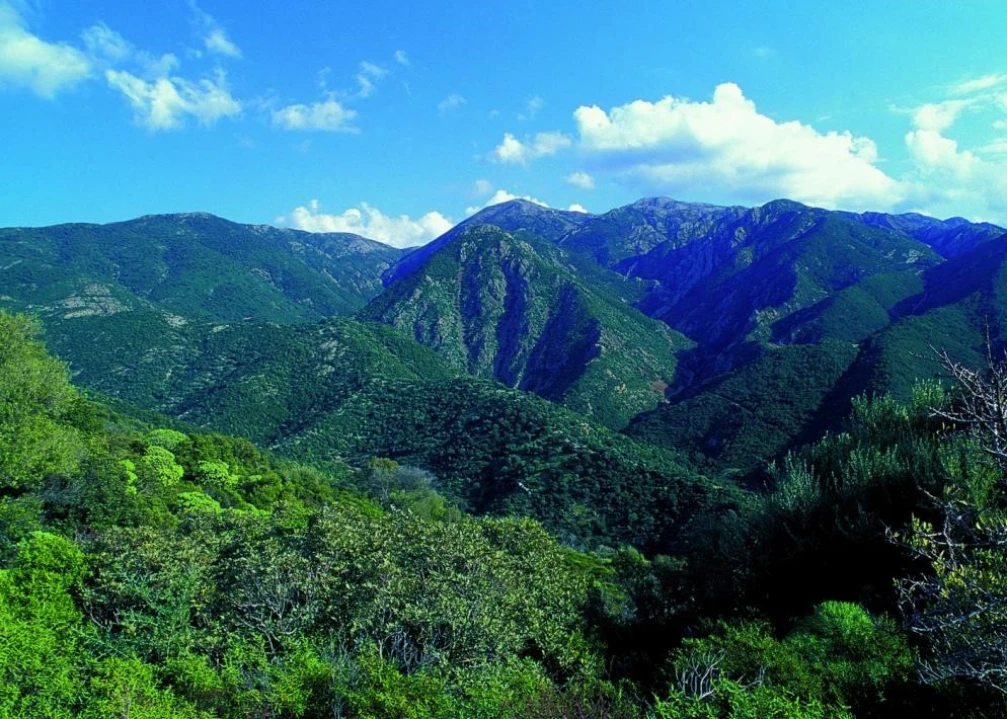The state-owned forest of Marganai covers an area of 9.020 acres, in the province of Carbonia-Iglesias; this forest can be actually found within the Monte Linas-Marganai Park (55.000 acres), in the territories of Domusnovas, Fluminimaggiore, Gonnosfanadiga, Iglesias, and Villacidro.
Mount Marganai area is north-east of the park and borders with Mount Linas, the highest peak in southern Sardinia and part of the metalliferous ring around Iglesias, featuring dolomites and limestone rich in sulphides of lead, zinc and iron. As a matter of fact, many historical mines used to provide the main source of income in this very area. The territory is characterized by deep furrows made by erosion and forests growing on limestone.
Marganai Forest is considered one of the most important areas of Sardinia for its naturalistic value and also includes a botanical facility: the mountain garden of Linasia; the latter was created for scientific-educational purposes, covering the priceless floristic heritage of this area.
Marganai Forest also serves as an open-air lab for studying and monitoring the Mediterranean ecosystems; in 1995, a dedicated area was created and included in the CONECOFOR network, a program coordinated by the State Forestry Corps which is now managing 31 similar facilities all over Italy.
This forest is crossed by several seasonal streams and has retained its charm and beauty despite anthropogenic pressure, intense mining and frequent fires.
Inside the forest, the area of “Grotta di San Giovanni” (Saint John’s Cave”) is particularly interesting – the cave is, in fact, one of the largest in Sardinia and accessible by car.
The vegetation features tall forests of holm and cork oaks, yews, and coppices of Mediterranean scrub-forest. There have recently been some reforestation works with pine specimens. The holm oaks in this area come from the Viburnum-Quecetum ilicis association and sometimes grow along with strawberry trees.
Extensive artificial reforestation has been carried out since 1914, mainly using conifers (stone pines, Aleppo pines and Monterey pines), and – more recently – broad-leaved trees (holm oaks, cork oaks and downy oaks).
The undergrowth is mostly made up of wild olive trees (Olea europaea var. Sylvestris) and mastic trees. Accidental fires have boosted the growth of secondary scrub formations, with Cistus and garrigue, especially on shallow soils exposed to the wind. There are rare and endemic species including Helichrysum montelinasanus, Armeria sulcitana and Iberis integerrima.
The local fauna includes hedgehogs, foxes, wild boars, wild cats, barbary partridges, ravens, golden eagles, kestrels, peregrine falcons, buzzards, sparrow hawks, and the occasional presence of griffon vultures and Bonelli’s eagles.




